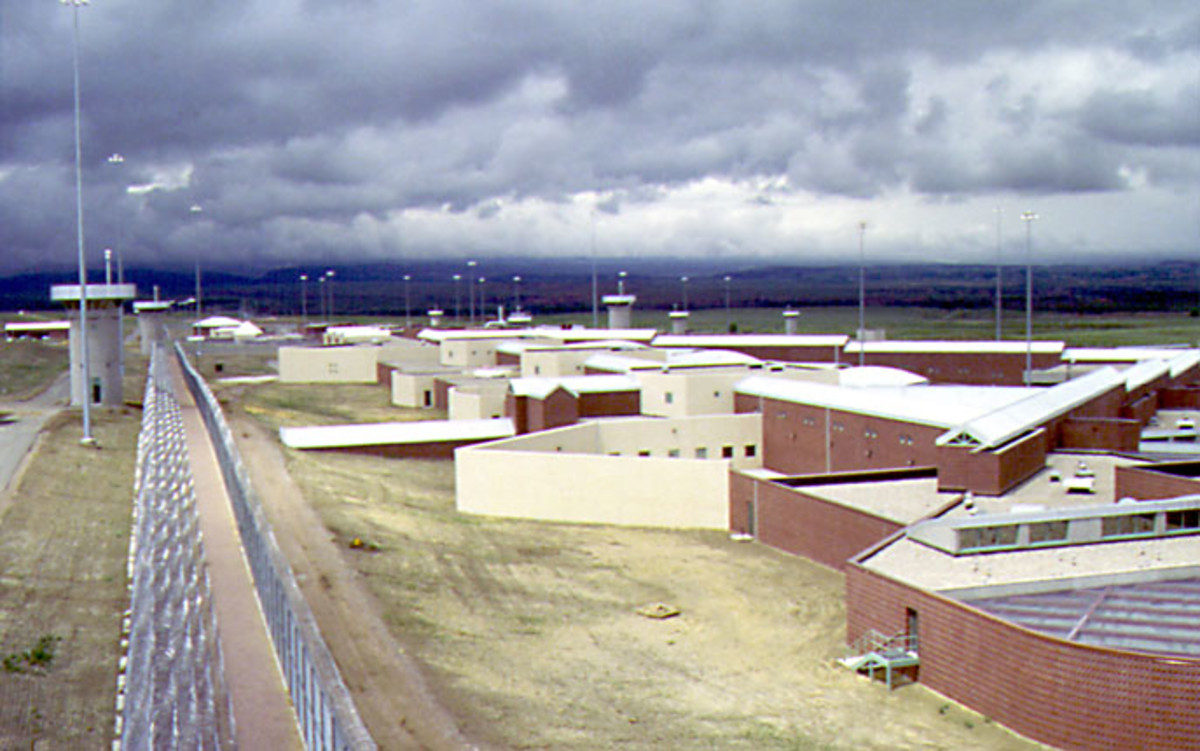Halfway Houses
The purpose of the report is to talk about the current effectiveness of halfway houses and how to make them better if possible.
Originally halfway houses were built to house offenders who were getting out of prison, needed a place to stay, and help getting started in the community. The first half way houses were in England and then start in Massachusetts in this country, (Cohn, 1973:2). The first and earliest movement to promote halfway houses did not last long. Mostly because many people believed that offenders who had be rehabilitated from prison might contaminate each other if housed together in halfway houses. Wherefore; the movement of the halfway house fell out of popularity around the 1900’s and for awhile parole took its place. Then in the 1950’s the movement was again revived. The new birth for the halfway houses came about, at least some of the reason for the rebirth, was due to the ineffectiveness of prison to rehabilitate offenders, (Latessa & Smith, 2011).
Around 1954 the movement for more halfway houses was underway again. This was mostly due to the awareness that offenders needed some help in transitioning from prison back into the communities again. The early movement was pioneered by both private and religious groups. Next to come was publicly owned and operated halfway houses around 1965 with the passage of the Prisoner Rehabilitation Act. This original public funding was mainly for juvenile offenders and federal prisoners who needed a place to transition. Later the Law Enforcement Administration (LEA) began to fund more halfway houses. The funding from LEA lasted from around 1968 until the 1980’s, (Latessa & Smith, 2011).
One of the largest developments in the halfway house movement is attributed to the birth of the International Halfway House Association which later changed its name to International Community Corrections Association (ICCA), (Wilson, 1985). This new movement grew from about 40 different programs to more than 1800 programs. This new movement trained people in the areas of corrections and how to run such facilities. Due to this movement the ICCA is most responsible for halfway houses in the country, (Latessa & Smith, 2011).
As halfway houses evolved so too did the services they provided to offenders. Instead of just serving offenders getting released from prison now halfway houses treat a variety of offenders and some are possibly heading to prison instead of just getting out of prison. This new series of offenders are probationers, accused awaiting trial, offenders who have been sentenced to treatment who are better served in halfway houses than being incarcerated in jails. This new wave of clientele spurred a change to the name from halfway houses to community corrections since the new houses serve more than just offenders being released from prison. Thus the old style of halfway houses became obsolete with community corrections which serve many different types of offenders with many different needs, (Rush, 1992).
The new halfway house or community correctional facilities are attending to offenders who need a place to stay in order to serve their sentence or be minimally supervised so they can work in the community, attend treatment programs or look for work and or attend to other transitional of self help programs. These new facilities do not necessarily provide treatment programs but rather house offenders so they can go out into the community and partake of treatment programs and seek employment or work. These facilities are even sometimes called work release or restitution centers which provide services to the communities they reside in. Offenders are not free but they are not incarcerated thus these facilities have taken over for the old half way houses. Moreover; it does not take much to violate an offender’s parole or probation and change their privilege of staying in the community correctional facility to warrant their return to jail or even prison depending on the severity of the violation. These new facilities work in close contact with parole and probation departments hence the name community corrections.
There are many areas of which halfway houses/community correctional facilities could do better jobs of serving the community and the offenders they house. Many facilities fail to provide a good assessment of the offenders risk and needs. Also staff who work in most of these facilities are poorly trained. Thus there is often a high turnover rate which in turn hurts those being served or living in these facilities. According to Latessa & Smith most of the halfway houses are often nothing more than a place to sleep and eat and provide little other direction which could be beneficial towards rehabilitation, (Latessa & Smith, 2011).
Next in order to improve the effectiveness of halfway houses/community correctional facilities there needs to be improved communication between probation and parole departments and halfway houses. By incorporating treatment and self help programs along with job search skills and other needed skills that help offenders to re-establish their lives halfway houses will improve offender’s chances of successful reintegration into the communities where they live.
There is one aspect of corrections that troubles me and I do not think that it is always most beneficial to offenders or the public. This is the correctional rule that states all offenders are to be released back to the location and country of where they offended at. It is a huge and difficult, all but impossible for the average offender, to get a transfer to a different county and especially state. This is ridiculous and in my eyes counterproductive towards corrections and our society. This use to be in place so law enforcement could better keep track of offenders but now with computers everywhere it should be no problem for offenders to relocate and probably more beneficial to the victims from the area of which the originally offended. This needs to be changed.
I think that the best way to improve community corrections would be to make these facilities more specialized. That is there should be different facilities serving different offenders with different needs. For work release there should be a facility, for programming and treatment there should be a facility, for special offenders there should be a facility. Employees of these facilities should be better trained and held to as high as standard as can be expected.
I think that the largest barrier for successful community correctional facilities is that people are people wherever they are and in most situations staff that work in these facilities have their own problems and feel that even if they try to make a difference in the lives of offenders that it probably would not help. Wherefore; there needs to be a group effort to improve the quality of these facilities and the jobs the staff of the facilities have. Improving the facilities makes the staff happier and thus in return will be more likely to perform better. I believe that in order to improve such facilities a strict standard and schedule needs implemented and followed. Once every area of service is optimized then quality breeds’ quality just as lack of quality or lawlessness breeds lawlessness. It is the broken window affect of life in general.
Finally just as the medical industry is financially oriented so too is the correctional industry. Wherefore, if there is a race to earn more money it should be made so that the facilities which get more money are those that do the best jobs at reducing recidivism. In other words if they work hard at reducing their clientele and rehabilitating offenders instead of training them to recidivate and create job security then they will get more money because they are doing a better job and in the grander scheme of things improving society.
Works cited
Latessa, E. J., & Smith, P. (2011). Corrections in the community. Fifth edition.
Cohn, J. (1973). A study of community-based correctional needs in Massachusetts. Boston, M.A: Massachusetts department of corrections.
Rush, G. (1992). The dictionary of criminal justice.
Guilford, CT: Duskin. Wilson, G. (1985). Halfway house programs for offenders. Prospect heights, Il.: Waveland. In L. Travis (Ed), Probation, parole and community corrections, 151-164.





